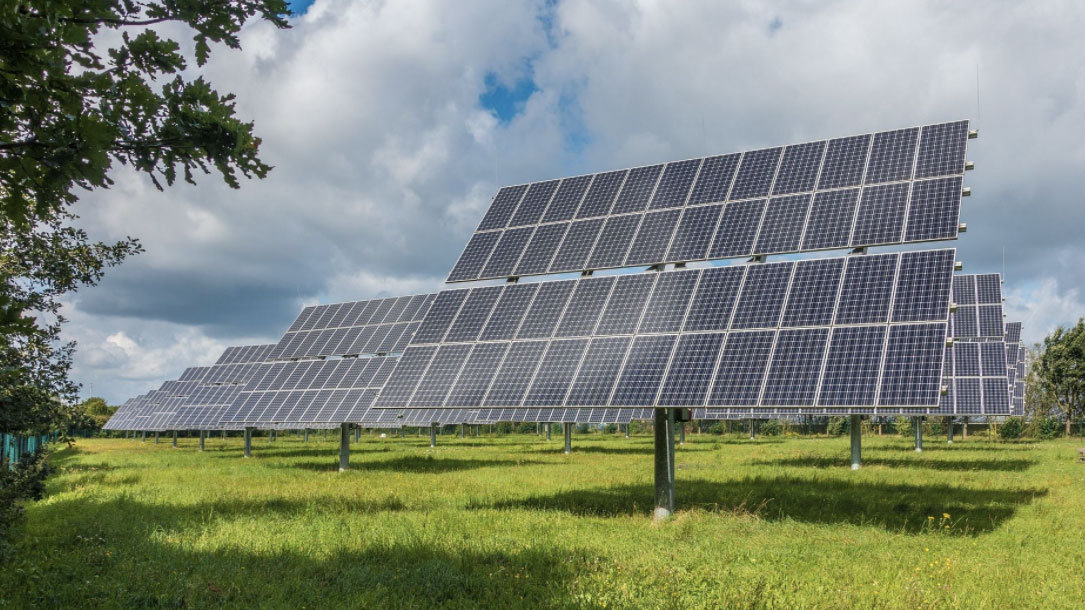
Utility-scale solar energy can be a tool for conservation, economic development
To put it plainly, these proposed projects will not destroy the natural environment nor negatively impact the watershed if they are approved and built in line with Linn County’s existing ordinance for solar energy projects. In fact, with a diverse mix of native grasses and wildflowers cultivated on-site, these proposed projects can significantly improve water quality, reduce soil erosion, and provide habitat for wildlife and pollinators, going a long way to restore Iowa’s landscape.
Furthermore, by using wildlife-style fencing instead of traditional chain link fencing, these sites can be a home for upland nesting birds such as ring-necked pheasants, quail, and other grassland birds like the dickcissel…
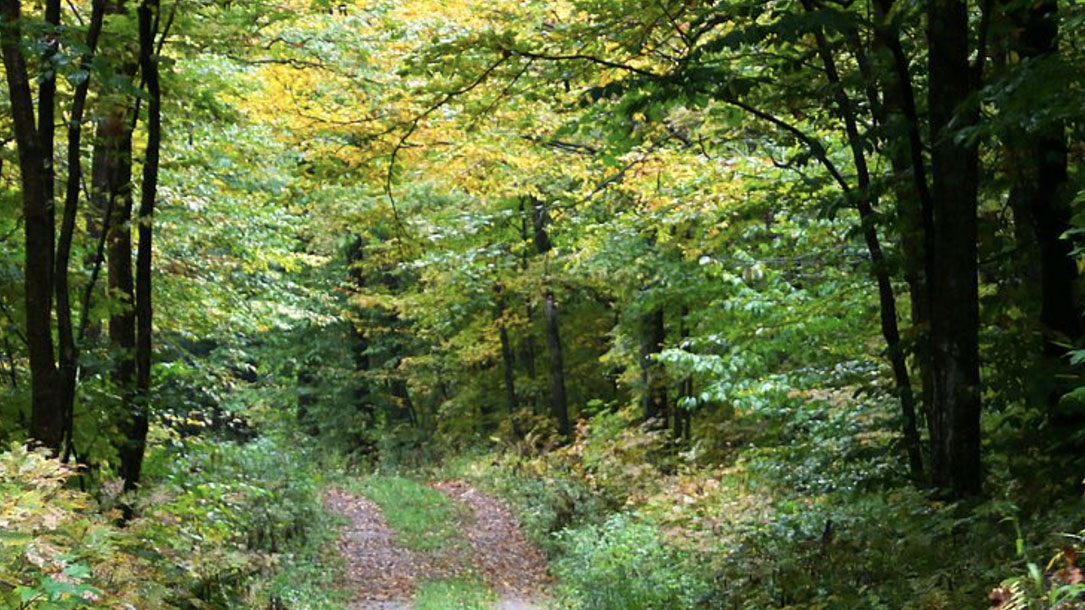
Cold Hollow to Canada
When a hundred community members came together in late 2008 to discuss the future of their shared landscape, no one in the room had an inkling of what might come of it…
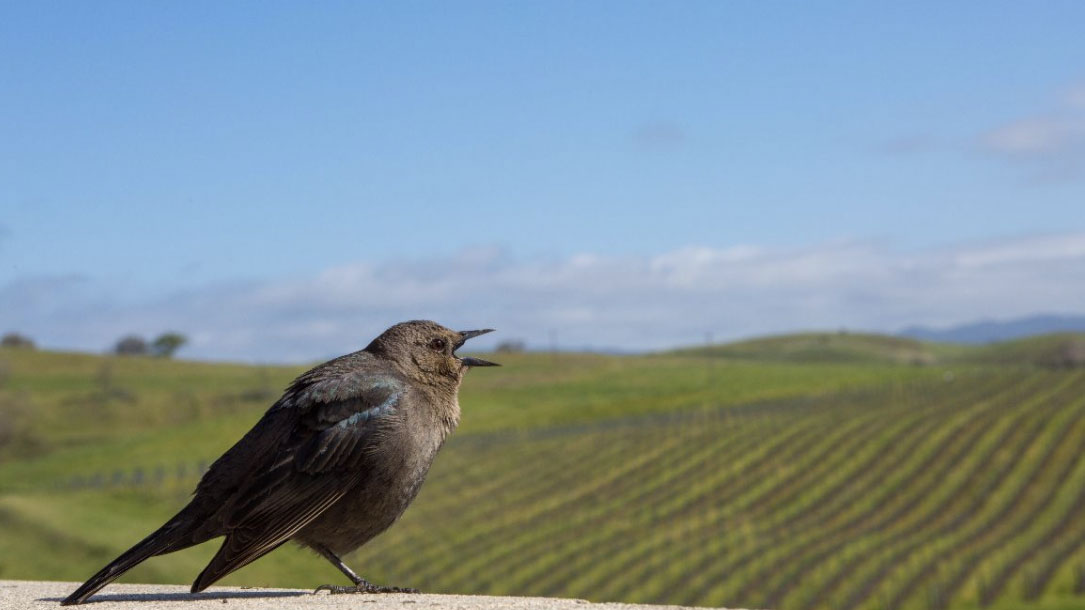
Climate change strategies
The Land Trust of Napa County (LTNC) is actively working to incorporate the challenges and threats posed by climate change into both its land conservation and natural resource management strategies, with a focus on protecting and restoring the ability of our local ecosystems to respond and adapt to warming temperatures. LTNC has dramatically increased its pace of land protection and stewardship throughout Napa County over the last five years to more effectively address these pressing issues…
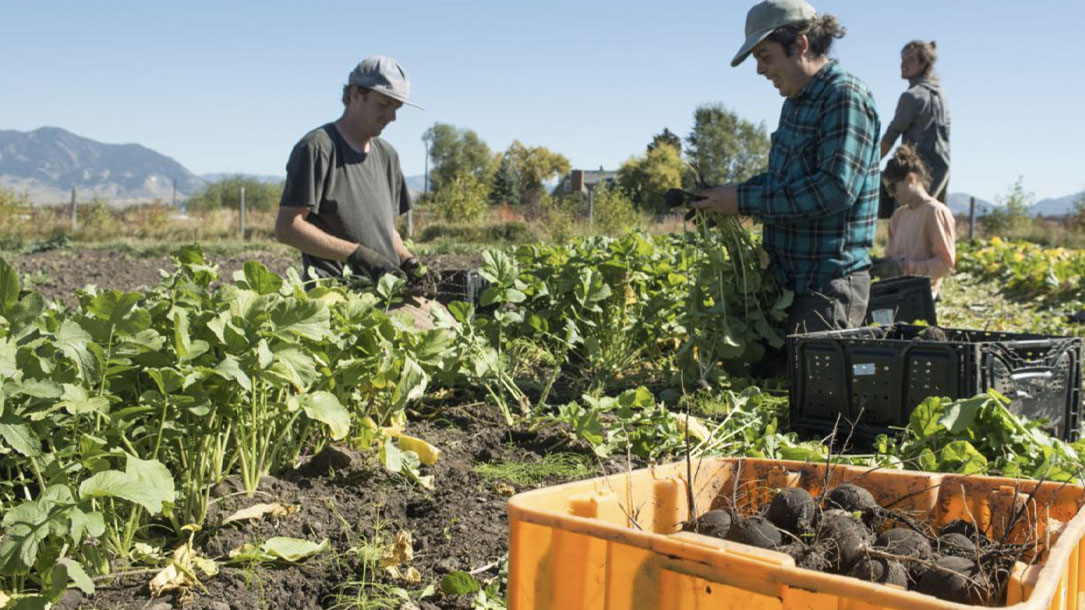
American Farmland Trust calls on the Biden administration to protect and conserve 30% of working farmland and ranchland to achieve 30×30
WASHINGTON, D.C. – Today, American Farmland Trust released “Agriculture’s Role in 30×30: Partnering with Farmers and Ranchers to Protect Land, Biodiversity, and the Climate” outlining agriculture’s critical role in the effort to “conserve at least 30 percent of our lands and waters by 2030” as put forth in the Biden administration’s January 27, 2021, Executive Order on Tackling the Climate Crisis at Home and Abroad. AFT’s recommendations make it clear that we urgently need to both permanently protect five percent of vulnerable working lands from being converted to development and support landowners’ voluntary efforts to implement conservation practices on an additional twenty-five percent of working lands, particularly in biodiversity hotspots, key connectivity corridors and areas with high carbon sequestration potential.

30 x 30: NRDC’S commitment to protect nature and life on earth
“To prevent mass extinctions and bolster resilience to climate change, scientists warn that we must protect at least 30 percent of our lands, rivers, lakes, and wetlands by 2030. At the same time, we must also fully and highly protect at least 30 percent of our oceans by 2030 to help safeguard marine ecosystems and fisheries that provide food, jobs, and cultural sustenance to billions around the world.
We have the tools to create a better, healthier future for our planet—and ourselves—but we must act now…”
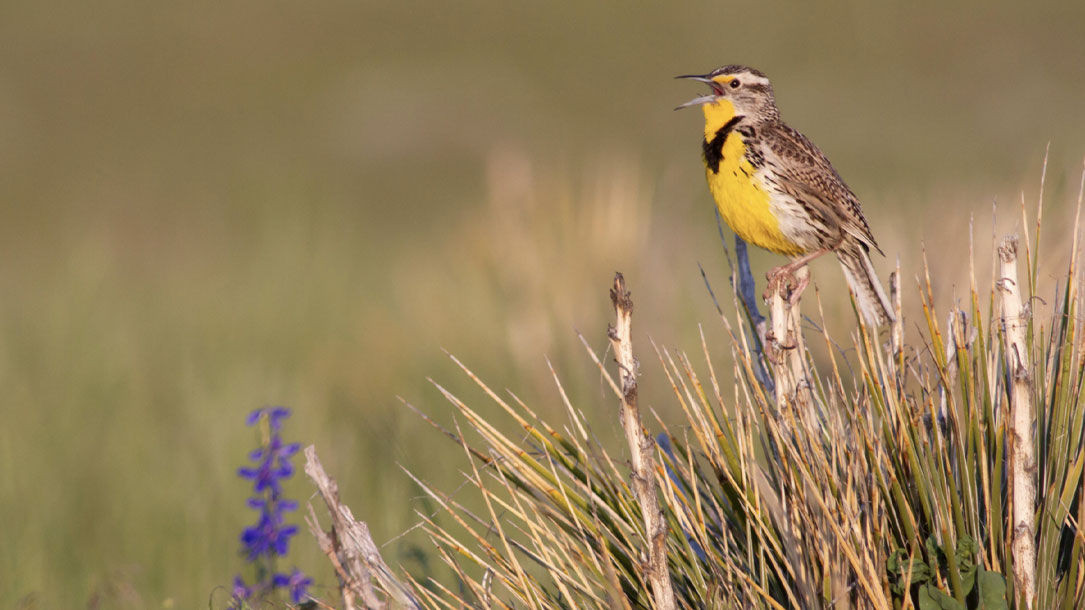
Conservation Ranching: Empowering consumers to make a difference in grassland conservation
“Grassland birds have suffered an unparalleled decline over the past half century, stemming from widespread development of North America’s grasslands. This calls for Audubon’s action. To combat the negative effects of grassland degradations—and to keep grass on the landscape—Audubon has developed the Conservation Ranching Initiative. This market-based conservation approach offers incentives for good grassland stewardship through a certification label on beef products. For the first time, consumers can contribute to grassland conservation efforts by selectively purchasing beef from Audubon-certified farms and ranches…”
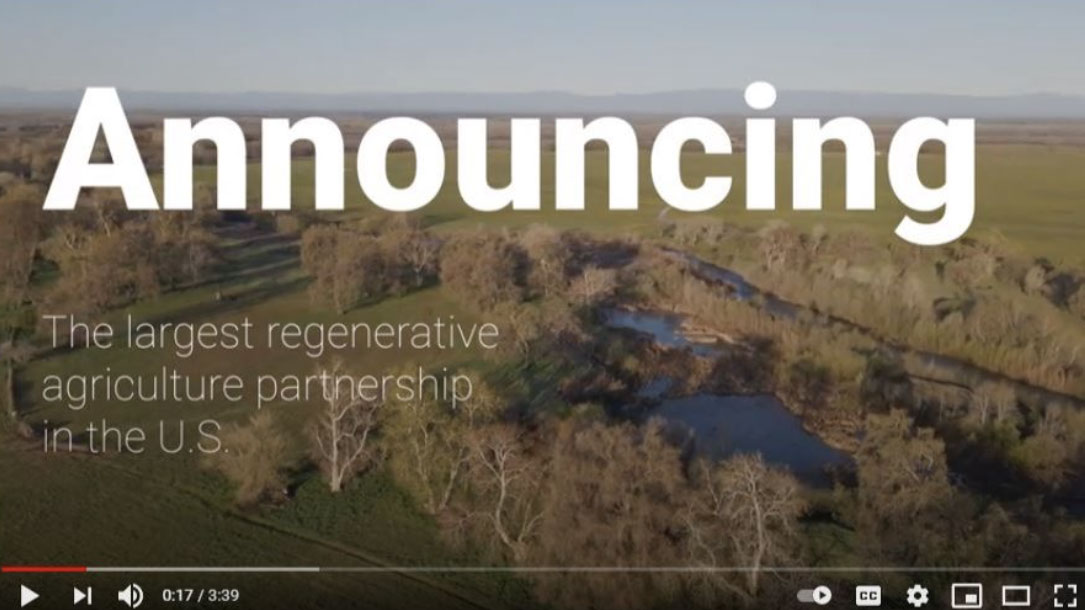
Largest market-based regenerative grasslands partnership in the U.S.
Panorama Organic Grass-Fed Meats to certify one million acres of wildlife habitat with the National Audubon’s Conservation Ranching Initiative.
The Audubon Conservation Ranching Initiative seeks to enhance the stewardship of grasslands for the benefit of birds. Birds have suffered significant decline over the past 50 years due to loss of U.S. grasslands to widespread development.
This initiative empowers consumers to support programs that restore bird populations via conservation practices by selectively purchasing beef nationwide from Audubon-certified farms and ranches, including Panorama Organic and other participating brands. The Audubon certification seal carries broad market appeal among consumers who care about the environment.
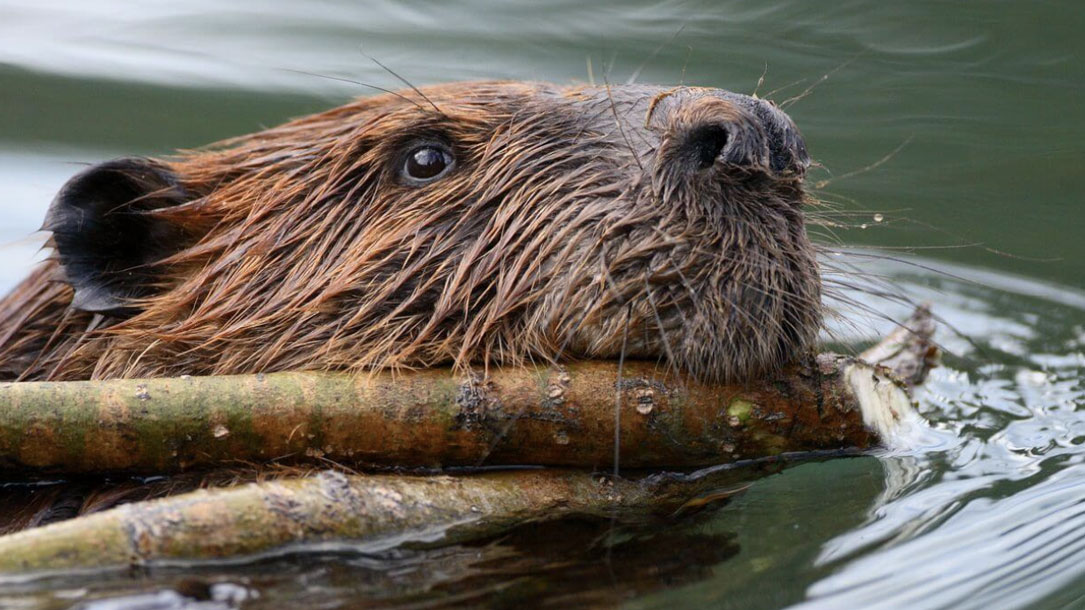
Eastern Wildway
“…Today, we continue making significant progress toward creating a continental-scale Eastern Wildway—an extensive wildlife corridor linking eastern Canada to the Gulf of Mexico. In October 2019, Wildlands Network released a Eastern Wildway map, representing a major step forward in realizing a vision of connectivity for this region. The map comprises a network of habitat cores—large natural areas, in dark green—and corridors—linkages between the cores, in light green, and integrates a wide range of existing data sets and input from state and federal agencies, other NGOs, and academic researchers and expert conservationists…”

A bold initiative
The Land Conservancy is beginning an ambitious new initiative — to create the Western New York Wildway. The Wildway will be an extensive series of protected lands that connect the vast forests of northern Pennsylvania to the Great lakes, through to the Finger Lakes, the Adirondacks, and beyond. It will form part of the Eastern Wildway which runs all the way from Canada to the Gulf of Mexico.
The Wildway will allow plants and animals to migrate across the land as they once did, to move as climate changes, and to expand their ranges and ensure their survival…

Forests are important in the fight against the climate crisisForests are important in the fight against the climate crisis
“Congress should pass a suite of policies that enhance the carbon storage and biodiversity of our forests.
Audubon’s own science shows that climate change is the greatest threat to North American birds, with two-thirds of species vulnerable to extinction if carbon emissions continue at their current pace. Birds that rely on boreal and western forests are at especially high risk. However, if we keep warming below 1.5 degrees C—which would require reaching net-zero greenhouse gas emissions by 2050—we can improve the outcomes for 76 percent of those imperiled birds. While reaching this target will require decarbonization across our electric, transportation, and industrial sectors, we can also implement policies that help our working lands be part of the climate solution…”
- « Previous
- 1
- 2
- 3
- 4
- Next »












